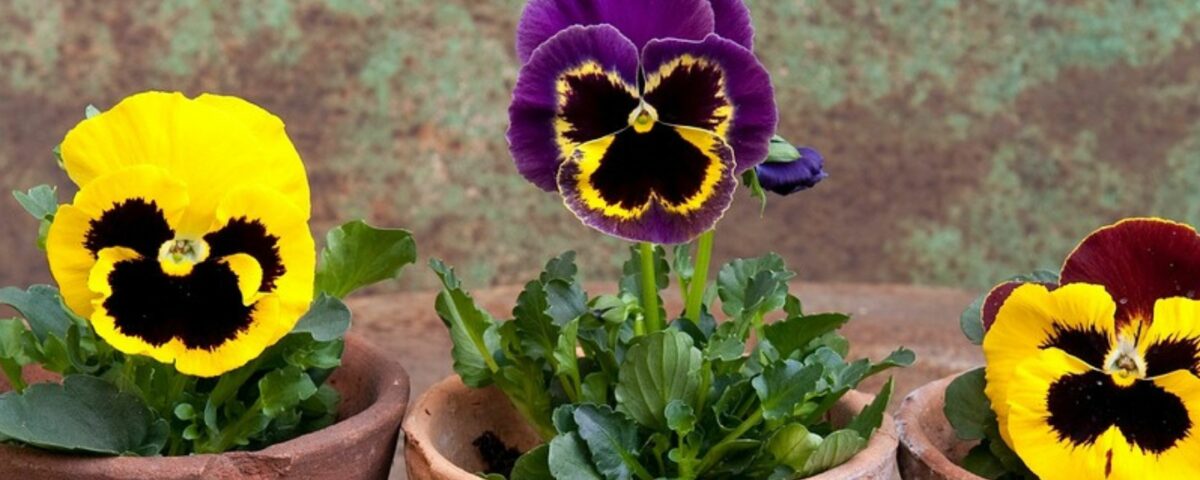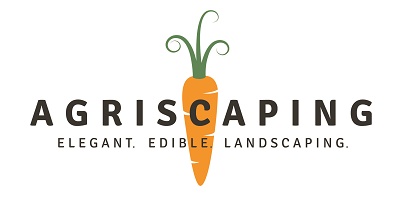Choosing The Best Soil For Your Container Crop

Choosing The Best Soil For Your Container Crop
By James Witts
You don’t have to rip up your landscape to grow beautiful flowers and vegetables. Container gardening allows you to grow just about anything in pots that you can move around. This method works well, especially if you have limited space. It is also a good way to work around the less-than-optimal soil conditions we often encounter in the desert southwest. Choosing the right soil for your container garden is a vital first step.
First, don’t call this material dirt — it’s a “growing medium,” and don’t use garden soil by itself for container gardens. This distinction is important in container gardens because garden soil doesn’t hold enough water, air or nutrients for container-bound roots to survive. Garden soil also becomes matted down and doesn’t allow for enough drainage, which can cause roots to rot in the wet soil.
Potting mixes are a much better choice and are sometimes labeled as “soilless” or “soil-containing.” Good potting mixes are light and fluffy. They hold enough moisture to keep plants alive but also drain quickly. Plant roots need air to survive, and the materials in potting mixes provide plenty of spaces between the components.
There are head-spinning amounts of potting mixes available, and just as many opinions on which ones you should choose. It’s helpful to know that most of them share several common ingredients. The first is some sort of organic material, like peat moss, bark chips or coconut husk fiber (called coir). These materials provide air space and good drainage for your plants.
Potting soil also usually includes perlite, vermiculite or both. These rocky, inorganic materials help with aeration, although they work in different ways. Perlite is made by superheating volcanic glass. It’s hard and very porous. Vermiculite is made by superheating mica, and it’s soft and spongy. It holds more water than perlite, so use it with plants that can grow in wetter soil (like vegetables). Use perlite with plants that need quicker-draining soil, like cacti and succulents. Sand is another option, but be sure you’re using coarse, construction-grade sand. It’s also heavy and isn’t ideal if you’ll be moving your containers.
Because roots in containers can’t grow and reach for nutrients like plants in the ground, you need to add nutrients to your potting mix. Compost is a popular choice. It retains moisture and adds nutrients. It’s also a cheap way to stretch store-bought potting mixes, which can get expensive if you’re filling a lot of pots. Use your own or check to see if your city or town offers it for free. You do need to sift compost before adding it to your potting mix, so it isn’t too heavy or chunky. You can use fertilizer, worm castings or animal manure if you’re not using compost.
A quick note about fertilizer: synthetic, chemical varieties are never recommended for container gardens. The salts and concentrated nutrients in these fertilizers can burn your plants. Luckily it’s easy to find bagged potting mixes with organic fertilizer, or you can add your own.
Choose your plants carefully based on your location. For example, plants native to Phoenix will thrive without much work on your part. They need little water and tend to attract local pollinators. Baja fairy duster and Parry’s penstemon will produce lovely flowers. They tend to grow pretty tall, so you will need a larger container.
When you’re ready to plant, fill your container with potting mix, leaving several inches of space at the top. This leaves room for your plant, and for water, so it doesn’t spill over the edge. Soak the potting mix completely then let it drain for a few hours. The mix should begin draining very quickly. It’s also important to use containers with drainage holes, so the water has somewhere to go.
Container gardening is great for experts and beginners alike, and is an easy way to grow your own food or bring your love of gardening into a confined space. By picking the right potting mix, you’ll increase the odds of producing a bumper crop on your patio or balcony.
To find out what webinars or live classes are available for free click here!
James Witts is an eco-conscious home improvement writer. He is constantly trying to find new ways to live off the grid while living in a tiny home with his wife, Andie.

